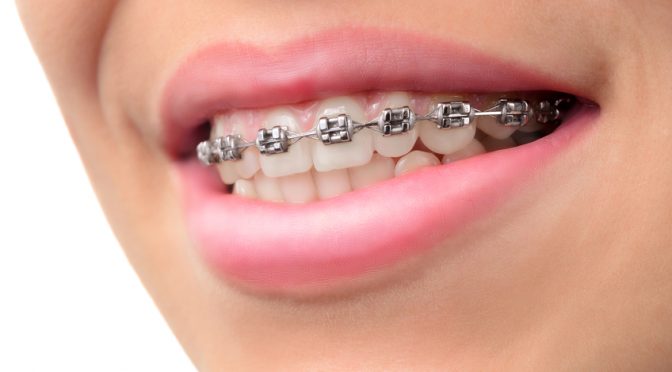One way orthodontic offices lose significant amounts of money is by spending too much time with patients. This is the reason why so many orthodontists are turning to digital indirect bonding for braces, which:
- Gets patients in the chair on the same day as their initial consultation. Orthodontists easily and inexpensively gain more patients by having fewer walkaways from the office.
- Allows staff to perform bracket orthodontic placement. This saves doctor time, meaning overhead costs are lowered significantly.
- Cuts down the patient’s chair time per appointment. Indirect bonding for braces only takes 30 minutes, about one-third less time than traditional orthodontic bracket placement.
- Eliminates the need for repo appointments. The accuracy rate of bracket placement with indirect bonding is 97.3% within 0.5 mm, with an overall mean deviation of 0.121mm.
- Reduces total treatment time. This makes for very satisfied customers who make more referrals.
All this adds up to an ROI on indirect bonding for braces that can’t be ignored in the orthodontics industry.
3D Printed Indirect Bonding Trays
Orthodontic bracket placement and bonding work by:
- Choosing brackets, treatment controls, and workflow options.
- Completing an initial case setup (takes less than 10 minutes).
- Scanning the patient’s mouth and loading the map into the IDB software.
- Approving bracket placement (takes 5-7 minutes).
- Printing the 3D indirect bonding trays with custom-made bracket boxes.
- Having a tech complete the bracket bonding (takes about 30 minutes).
In total, the turnaround time for completing the entire process is either 24 hours (when lab printed) or same day (when printed in-house).
The Differences between Direct and Indirect Orthodontic Bonding
While both direct and indirect orthodontic bonding are methods that use wires and bands to correct bites and straighten smiles, they have some key differences:
- Braces bracket placement accuracy: Direct bonding determines bracket placement using one part science, one part experience, and one part guesswork. The only way to know if placement is correct is to wait weeks and see how the teeth are moving. Indirect bonding, though, uses two dozen algorithms to calculate the correct bracket positions right from the start.
- Braces bracket bonding technique: Traditional direct bonding uses one-at-a-time placement and adherence. On the other hand, indirect orthodontic bonding places and adheres all brackets at once from the tray’s custom-printed bracket boxes. This makes the process much faster, lowers the odds of slippage and saliva contamination, and hands the task over to a technician. The doctor only needs to give final approval.
- Braces Patient Satisfaction: Traditional direct bonding braces patients are sent home after their initial consultation, require more frequent and longer appointments, and have a longer overall treatment time. Indirect bonding braces patients can begin their braces treatment plan the same or next day, have fewer and shorter appointments, and get their braces off sooner.
Because of these key differences between direct and indirect bonding for braces, doctors and patients alike are highly satisfied with their cost and time savings with IDB.












